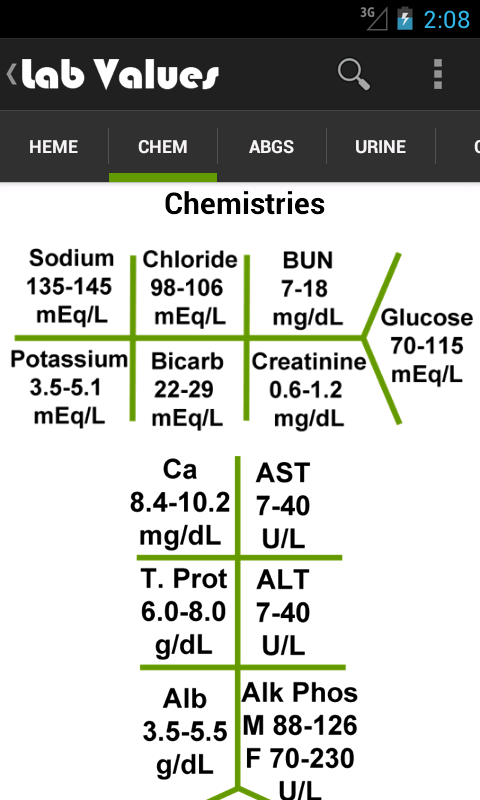Ast lab values. AST Blood Test: Understanding Aspartate Aminotransferase Levels and Liver Health
What is an AST blood test and why is it important. How is the AST test performed and what do the results mean. When should you get an AST test and what conditions can it help diagnose.
What is Aspartate Aminotransferase (AST) and Its Role in the Body?
Aspartate aminotransferase (AST) is an enzyme found in various tissues throughout the body, with the highest concentrations in the liver, heart, and muscles. As an enzyme, AST plays a crucial role in facilitating specific chemical reactions within cells. When cells containing AST are damaged or destroyed, the enzyme is released into the bloodstream, making it an important marker for detecting tissue damage, particularly in the liver.
Where is AST found in the body?
- Liver (highest concentration)
- Heart muscle
- Skeletal muscles
- Kidneys
- Brain
- Red blood cells
Understanding the distribution of AST in the body is essential for interpreting test results accurately. While elevated AST levels often indicate liver problems, damage to other organs or tissues can also cause increased AST in the bloodstream.

The AST Blood Test: Purpose and Procedure
The AST blood test, also known as the SGOT (serum glutamic-oxaloacetic transaminase) test, measures the level of AST enzyme in the blood. This test is primarily used to assess liver function and detect potential liver damage or disease. However, it can also provide insights into other health conditions affecting AST-rich tissues.
How is the AST blood test performed?
- A healthcare professional will clean the area, usually on the inside of the elbow or back of the hand.
- An elastic band is tied around the upper arm to make the vein more visible and easier to access.
- A needle is inserted into the vein to draw a small amount of blood.
- The blood sample is collected in a vial or tube.
- The needle is removed, and the puncture site is covered with a bandage.
The procedure is relatively quick and straightforward, typically taking only a few minutes. Patients may experience minor discomfort during the blood draw, but this usually subsides quickly.
Preparing for an AST Blood Test
One of the advantages of the AST blood test is that it requires minimal preparation. In most cases, no special preparations are necessary before the test. However, it’s essential to inform your healthcare provider about any medications, supplements, or herbal remedies you’re taking, as some substances can affect AST levels.

Are there any dietary restrictions before the test?
Generally, there are no specific dietary restrictions before an AST test. However, your doctor may advise fasting for a certain period if the AST test is part of a comprehensive metabolic panel or if other blood tests are being performed simultaneously. Always follow your healthcare provider’s instructions regarding preparation for the test.
Understanding AST Test Results
AST test results are typically reported in units per liter (U/L). The normal range for AST can vary slightly between laboratories, but it generally falls between 8 and 33 U/L for adults. It’s important to note that “normal” ranges can differ based on factors such as age, gender, and the specific testing method used.
What do elevated AST levels indicate?
Elevated AST levels often suggest liver damage or disease. However, the extent of the elevation and the presence of other abnormal liver function tests can provide more specific information about the underlying condition. Some conditions associated with increased AST levels include:

- Hepatitis (viral, alcoholic, or drug-induced)
- Cirrhosis
- Liver cancer
- Heart attack
- Muscle disorders or injuries
- Hemochromatosis (iron overload)
- Mononucleosis
- Pancreatitis
It’s crucial to interpret AST results in conjunction with other liver function tests and clinical findings for a comprehensive assessment of liver health.
AST/ALT Ratio: A Key Diagnostic Tool
While AST levels alone provide valuable information, comparing AST to another liver enzyme, alanine aminotransferase (ALT), can offer additional diagnostic insights. The AST/ALT ratio is particularly useful in differentiating between various liver conditions.
How is the AST/ALT ratio used in diagnosis?
The AST/ALT ratio can help distinguish between different types of liver damage:
- AST/ALT ratio < 1: Suggests non-alcoholic fatty liver disease or viral hepatitis
- AST/ALT ratio > 2: Often indicates alcoholic liver disease
- AST/ALT ratio > 1 but < 2: May suggest cirrhosis or other advanced liver diseases
However, it’s important to note that these ratios are not definitive and should be interpreted in the context of other clinical findings and test results.

Factors Affecting AST Levels
Several factors can influence AST levels in the blood, potentially leading to elevated results even in the absence of liver disease. Understanding these factors is crucial for accurate interpretation of AST test results.
What can cause temporary elevations in AST levels?
Temporary increases in AST levels can occur due to:
- Intense exercise or physical exertion
- Recent muscle injury or surgery
- Certain medications (e.g., acetaminophen, statins)
- Pregnancy
- Obesity
- Dehydration
Healthcare providers consider these factors when interpreting AST results to avoid misdiagnosis or unnecessary concern.
When to Seek Medical Attention for Abnormal AST Results
While mildly elevated AST levels may not always indicate a serious problem, persistently high or significantly elevated AST levels warrant further investigation. It’s essential to follow up with your healthcare provider if your AST test results are abnormal.
What follow-up tests might be recommended for abnormal AST results?
Depending on the severity of AST elevation and associated symptoms, your doctor may recommend:
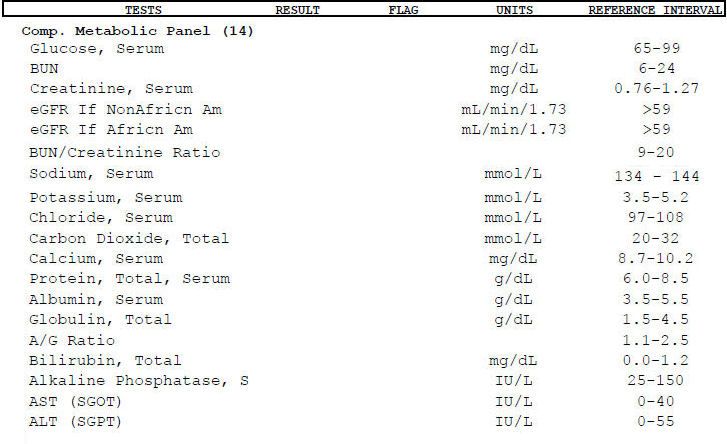
- Repeat AST testing to confirm results
- Comprehensive liver function panel
- Hepatitis virus testing
- Imaging studies (ultrasound, CT scan, or MRI of the liver)
- Liver biopsy in some cases
These additional tests help pinpoint the underlying cause of elevated AST levels and guide appropriate treatment strategies.
Lifestyle Modifications to Improve Liver Health and AST Levels
For individuals with elevated AST levels or those looking to maintain optimal liver health, certain lifestyle modifications can be beneficial. These changes can help reduce the risk of liver damage and improve overall health.
What lifestyle changes can help lower AST levels?
Consider implementing the following lifestyle modifications to support liver health:
- Limit alcohol consumption or abstain completely
- Maintain a healthy weight through balanced diet and regular exercise
- Avoid or minimize exposure to toxins and chemicals
- Practice safe sex and avoid sharing needles to prevent viral hepatitis
- Manage underlying health conditions like diabetes and high cholesterol
- Stay hydrated and avoid excessive use of certain medications (e.g., acetaminophen)
By adopting these healthy habits, you can support your liver function and potentially improve AST levels over time.
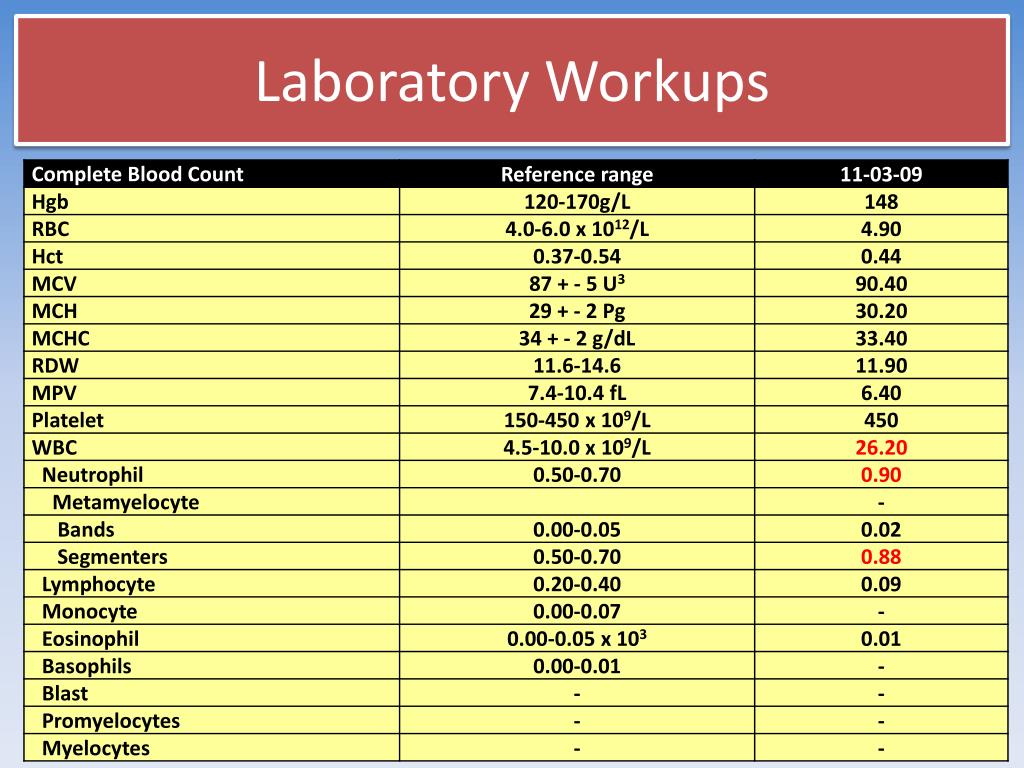
The Role of AST in Monitoring Liver Disease Progression
For patients diagnosed with liver disease, regular AST testing plays a crucial role in monitoring disease progression and treatment efficacy. Tracking AST levels over time can provide valuable insights into the course of liver conditions and help guide treatment decisions.
How often should AST levels be checked in patients with liver disease?
The frequency of AST testing for patients with liver disease varies depending on the specific condition and its severity. Generally, patients may undergo AST testing:
- Every 3-6 months for stable chronic liver diseases
- Monthly or more frequently for acute liver conditions or during treatment adjustments
- As part of regular follow-ups for liver transplant recipients
Your healthcare provider will determine the appropriate testing schedule based on your individual circumstances and treatment plan.
AST Testing in Conjunction with Other Liver Function Tests
While AST is an important marker of liver health, it is often most informative when evaluated alongside other liver function tests. A comprehensive liver panel provides a more complete picture of liver health and can help differentiate between various liver conditions.
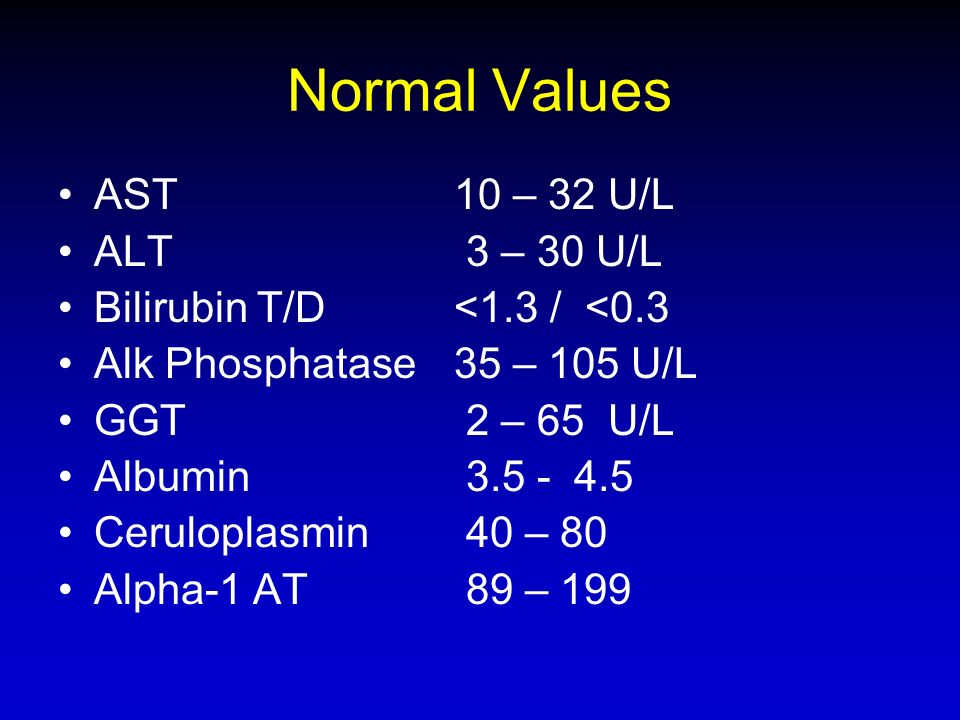
What other tests are typically included in a liver function panel?
A comprehensive liver function panel may include:
- Alanine aminotransferase (ALT)
- Alkaline phosphatase (ALP)
- Gamma-glutamyl transferase (GGT)
- Bilirubin (total and direct)
- Albumin
- Prothrombin time (PT)
These tests, when interpreted together, provide a more comprehensive assessment of liver function and can help identify specific liver disorders more accurately than AST alone.
The Future of Liver Function Testing: Beyond AST
While AST remains a valuable tool in assessing liver health, ongoing research is exploring new biomarkers and technologies to enhance liver function testing. These advancements aim to improve the accuracy and specificity of liver disease diagnosis and monitoring.
What are some emerging liver function tests?
Promising areas of research in liver function testing include:
- FibroTest and FibroScan for non-invasive assessment of liver fibrosis
- Cytokeratin-18 fragments as markers of hepatocyte apoptosis
- MicroRNA profiles for early detection of liver cancer
- Metabolomics-based approaches for comprehensive liver health assessment
These emerging technologies may complement or eventually replace traditional liver function tests like AST, potentially leading to earlier detection and more personalized treatment strategies for liver diseases.

In conclusion, the AST blood test remains a cornerstone in evaluating liver health and function. By understanding the significance of AST levels, their interpretation in conjunction with other liver function tests, and the factors that can influence results, patients and healthcare providers can make more informed decisions about liver health management. Regular monitoring, lifestyle modifications, and emerging diagnostic technologies all contribute to improved outcomes in liver disease prevention and treatment.
Aspartate aminotransferase (AST) blood test
Medical Tests
Definition
The aspartate aminotransferase (AST) blood test measures the level of the enzyme AST in the blood.
Alternative Names
Aspartate aminotransferase; Serum glutamic-oxaloacetic transaminase; SGOT
How the Test is Performed
A blood sample is needed.
How to Prepare for the Test
No special preparation is needed.
How the Test will Feel
When the needle is inserted to draw blood, some people feel moderate pain. Others feel only a prick or stinging. Afterward, there may be some throbbing or a slight bruise. This soon goes away.
Why the Test is Performed
AST is an enzyme found in high levels in the liver, heart, and muscles. It is also found in lesser amounts in other tissues. An enzyme is a protein that causes a specific chemical change in the body.
An enzyme is a protein that causes a specific chemical change in the body.
Injury to the liver results in release of AST into the blood.
This test is mainly done along with other tests (such as ALT, ALP, and bilirubin) to diagnose and monitor liver disease.
Normal Results
The normal range is 8 to 33 U/L.
Normal value ranges may vary slightly among different laboratories. Some labs use different measurements or may test different samples. Talk to your health care provider about the meaning of your specific test results.
What Abnormal Results Mean
An increased AST level is often a sign of liver disease. Liver disease is even more likely when the levels of substances checked by other liver blood tests have also increased.
An increased AST level may be due to any of the following:
AST level may also increase after:
- Burns (deep)
- Heart procedures
- Seizure
- Surgery
Pregnancy and exercise may also cause an increased AST level.
Risks
There is little risk involved with having your blood taken. Veins vary in size from one person to another and from one side of the body to the other. Taking blood from some people may be more difficult than from others.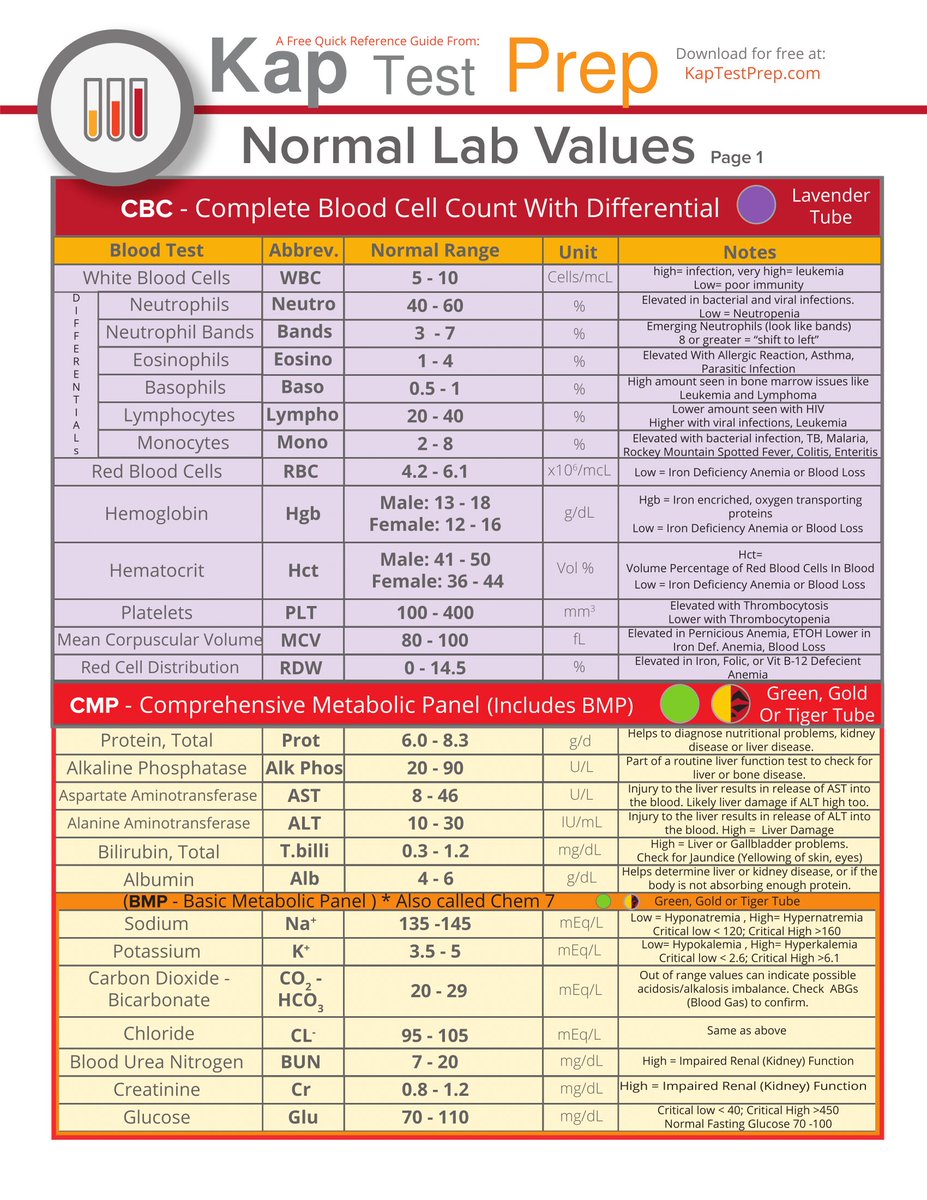
Risks associated with having blood drawn are slight, but may include:
- Fainting or feeling lightheaded
- Excessive bleeding
- Multiple punctures to locate veins
- Hematoma (blood collecting under the skin)
- Infection (a slight risk any time the skin is broken)
References
Chernecky CC, Berger BJ. Aspartate aminotransferase (AST, aspartate transaminase, SGOT) – serum. In: Chernecky CC, Berger BJ, eds. Laboratory Tests and Diagnostic Procedures. 6th ed. St Louis, MO: Elsevier Saunders; 2013:172-173.
Pincus MR, Tierno PM, Gleeson E, Bowne WB, Bluth MH. Evaluation of liver function. In: McPherson RA, Pincus MR, eds. Henry’s Clinical Diagnosis and Management by Laboratory Methods. 23rd ed. St Louis, MO: Elsevier; 2017:chap 21.
Pratt DS. Liver chemistry and function tests.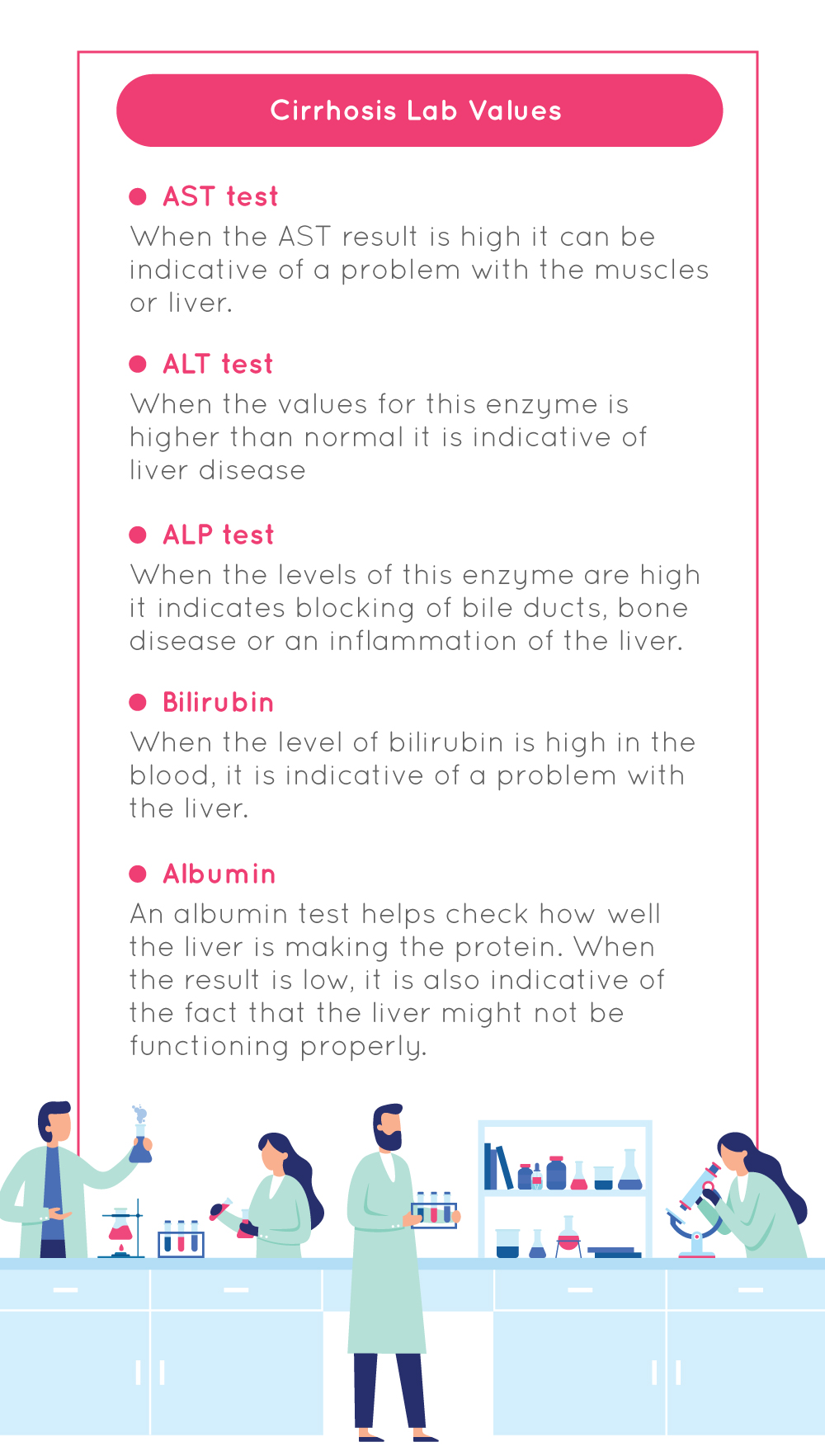 In: Feldman M, Friedman LS, Brandt LJ, eds. Sleisenger and Fordtran’s Gastrointestinal and Liver Disease. 10th ed. Philadelphia, PA: Elsevier Saunders; 2016:chap 73.
In: Feldman M, Friedman LS, Brandt LJ, eds. Sleisenger and Fordtran’s Gastrointestinal and Liver Disease. 10th ed. Philadelphia, PA: Elsevier Saunders; 2016:chap 73.
Review Date: 01/26/2019
The information provided herein should not be used during any medical emergency or for the diagnosis or treatment of any medical condition. A licensed physician should be consulted for diagnosis and treatment of any and all medical conditions. Call 911 for all medical emergencies. Links to other sites are provided for information only — they do not constitute endorsements of those other sites. Copyright ©2019 A.D.A.M., Inc., as modified by University of California San Francisco. Any duplication or distribution of the information contained herein is strictly prohibited.
Information developed by A.D.A.M., Inc. regarding tests and test results may not directly correspond with information provided by UCSF Health. Please discuss with your doctor any questions or concerns you may have.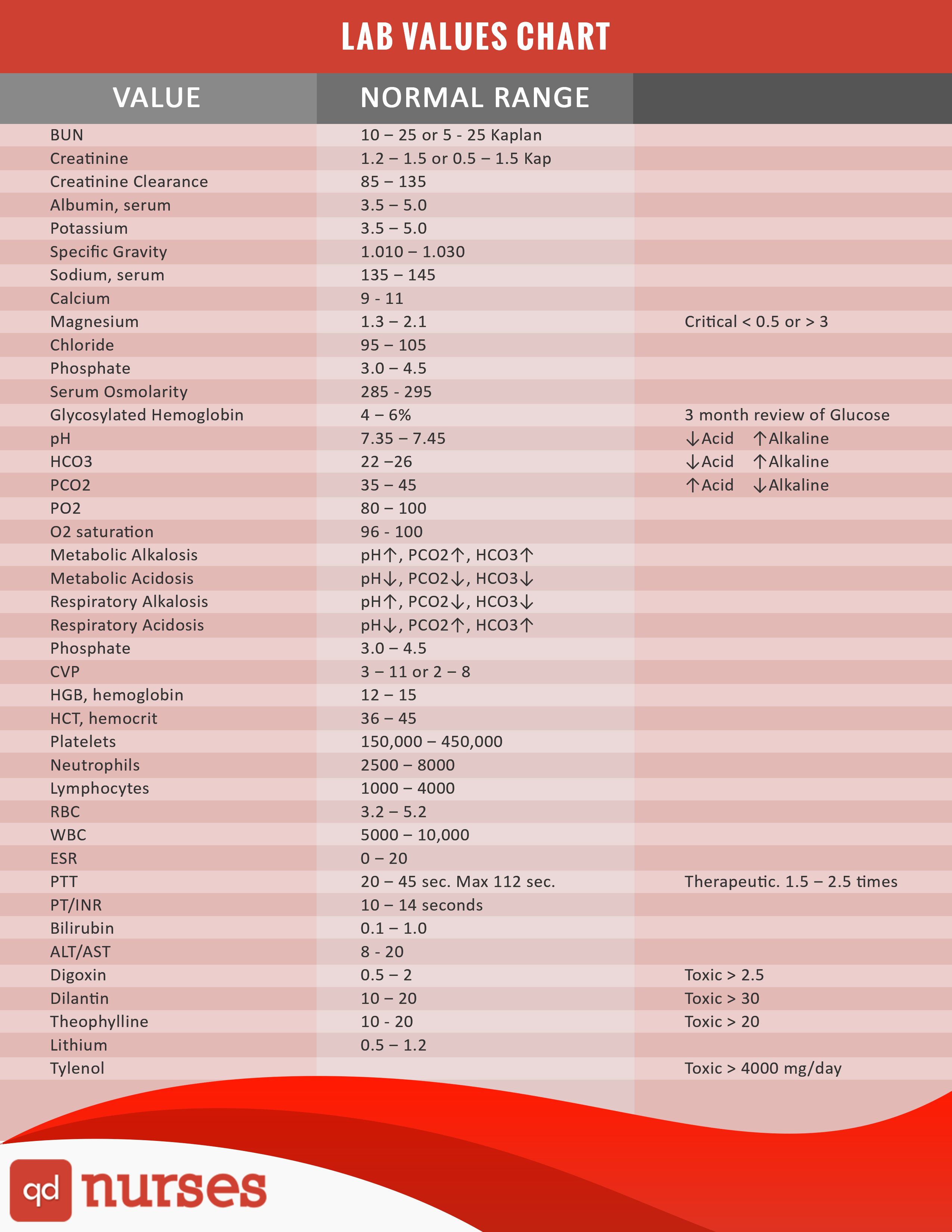
AST Test: MedlinePlus Medical Test
What is an AST Test?
AST (aspartate aminotransferase) is an enzyme that is found mostly in the liver, but it’s also in muscles and other organs in your body. When cells that contain AST are damaged, they release the AST into your blood. An AST blood test measures the amount of AST in your blood. The test is commonly used to help diagnose liver damage or disease.
Other names: SGOT test, serum glutamic oxaloacetic transaminase test; aspartate transaminase test
What is it used for?
An AST blood test is often part of a routine blood screening to check the health of your liver. The test may help diagnose or monitor liver problems. It may also help diagnose other health conditions.
Why do I need an AST blood test?
You may get an AST blood test as part of your routine checkup or if you have symptoms of liver damage. These may include:
- Nausea and vomiting
- Lack of appetite
- Fatigue
- Weakness
- Jaundice, a condition that causes your skin and eyes to turn yellow
- Swelling and/or pain in your abdomen (belly)
- Swelling in your ankles and legs
- Dark-colored urine (pee) and/or light-colored stool (poop)
- Frequent itching
Even if you don’t have symptoms, your health care provider may order an AST blood test if you’re more likely to develop liver disease because of:
- A family history of liver disease
- Alcohol use disorder
- Obesity
- Diabetes
- Taking certain medicines that can cause liver damage
- Hepatitis or exposure to hepatitis
What happens during an AST blood test?
A health care professional will take a blood sample from a vein in your arm, using a small needle.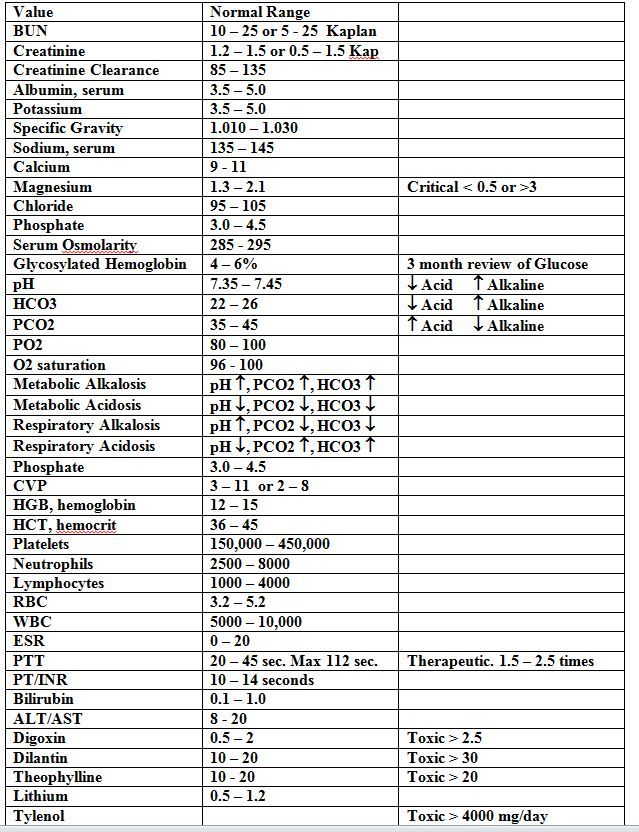 After the needle is inserted, a small amount of blood will be collected into a test tube or vial. You may feel a little sting when the needle goes in or out. This usually takes less than five minutes.
After the needle is inserted, a small amount of blood will be collected into a test tube or vial. You may feel a little sting when the needle goes in or out. This usually takes less than five minutes.
Will I need to do anything to prepare for the test?
You don’t need any special preparations for an AST blood test. But an AST test is usually ordered with other blood tests. You usually need to fast (not eat or drink) for up to 12 hours before these tests. Your provider will let you know if there are any special instructions to follow.
Are there any risks to the test?
There is very little risk to having a blood test. You may have slight pain or bruising at the spot where the needle was put in, but most symptoms go away quickly.
What do the results mean?
High levels of AST in the blood may be a sign of hepatitis, cirrhosis, mononucleosis, or other liver diseases. High AST levels may also be a sign of heart problems or pancreatitis.
If your results are not in the normal range, it doesn’t always mean that you have a medical condition that needs treatment. Many things can affect your results, such as certain medicines and your age, sex, and diet. To learn what your results mean, talk with your provider.
Many things can affect your results, such as certain medicines and your age, sex, and diet. To learn what your results mean, talk with your provider.
Learn more about laboratory tests, reference ranges, and understanding results.
Is there anything else I need to know about an AST blood test?
Your health care provider may order an ALT blood test with your AST blood test. ALT stands for alanine transaminase, which is another type of liver enzyme. If you have high levels of AST and/or ALT, it may mean that you have some type of liver damage.
You may also have an AST test as part of a group of liver function tests that measure ALT, and other enzymes, proteins, and substances in the liver.
References
- American Liver Foundation. [Internet]. New York: American Liver Foundation; c2017. Diagnosing Liver Disease – Liver Biopsy and Liver Function Tests; [updated 2020 Feb 17; cited 2022 Feb 14]; [about 3 screens]. Available from: https://liverfoundation.
 org/for-patients/about-the-liver/diagnosing-liver-disease/
org/for-patients/about-the-liver/diagnosing-liver-disease/ - Hinkle J, Cheever K. Brunner & Suddarth’s Handbook of Laboratory and Diagnostic Tests. 2nd Ed, Kindle. Philadelphia: Wolters Kluwer Health, Lippincott Williams & Wilkins; c2014. Aspartate Aminotransferase; p. 68–69.
- National Heart, Lung, and Blood Institute [Internet]. Bethesda (MD): U.S. Department of Health and Human Services; Blood Tests; [cited 2022 Feb 14]; [about 15 screens]. Available from: https://www.nhlbi.nih.gov/health-topics/blood-tests
- Testing.com [Internet]. Seattle (WA).: OneCare Media; c2022. Aspartate Aminotransferase: The Test; [modified 2021 Nov 9; cited 2022 Feb 14; [about 14 screens]. Available from: https://www.testing.com/test/aspartate-aminotransferase-ast/
- University of Rochester Medical Center [Internet]. Rochester (NY): University of Rochester Medical Center; c2017. Health Encyclopedia: Aspartate Transaminase; [cited 2017 Mar 13]; [about 2 screens]. Available from: https://www.
 urmc.rochester.edu/encyclopedia/content.aspx?contenttypeid=167&contentid=aspartate_transaminase
urmc.rochester.edu/encyclopedia/content.aspx?contenttypeid=167&contentid=aspartate_transaminase
Aspartate aminotransferase (AST)
Aspartate aminotransferase (AST) is an enzyme that is found in all cells of the body, but mainly in the cells of the heart and liver, and to a lesser extent in the kidneys and muscles. Normally, AST activity in the blood is very low. When liver or muscle tissue is damaged, it is released into the blood. Thus, AST is an indicator of liver damage.
Synonyms Russian
Serum glutamine-oxaloacetic transaminase, serum glutamate-oxaloacetate transaminase (SGOT), aspartate transaminase, AST/ALT ratio.
Synonyms English
Aspartate aminotransferase.
Test method
UV kinetic test.
Units
U/L (unit per litre).
What biomaterial can be used for research?
Venous, capillary blood.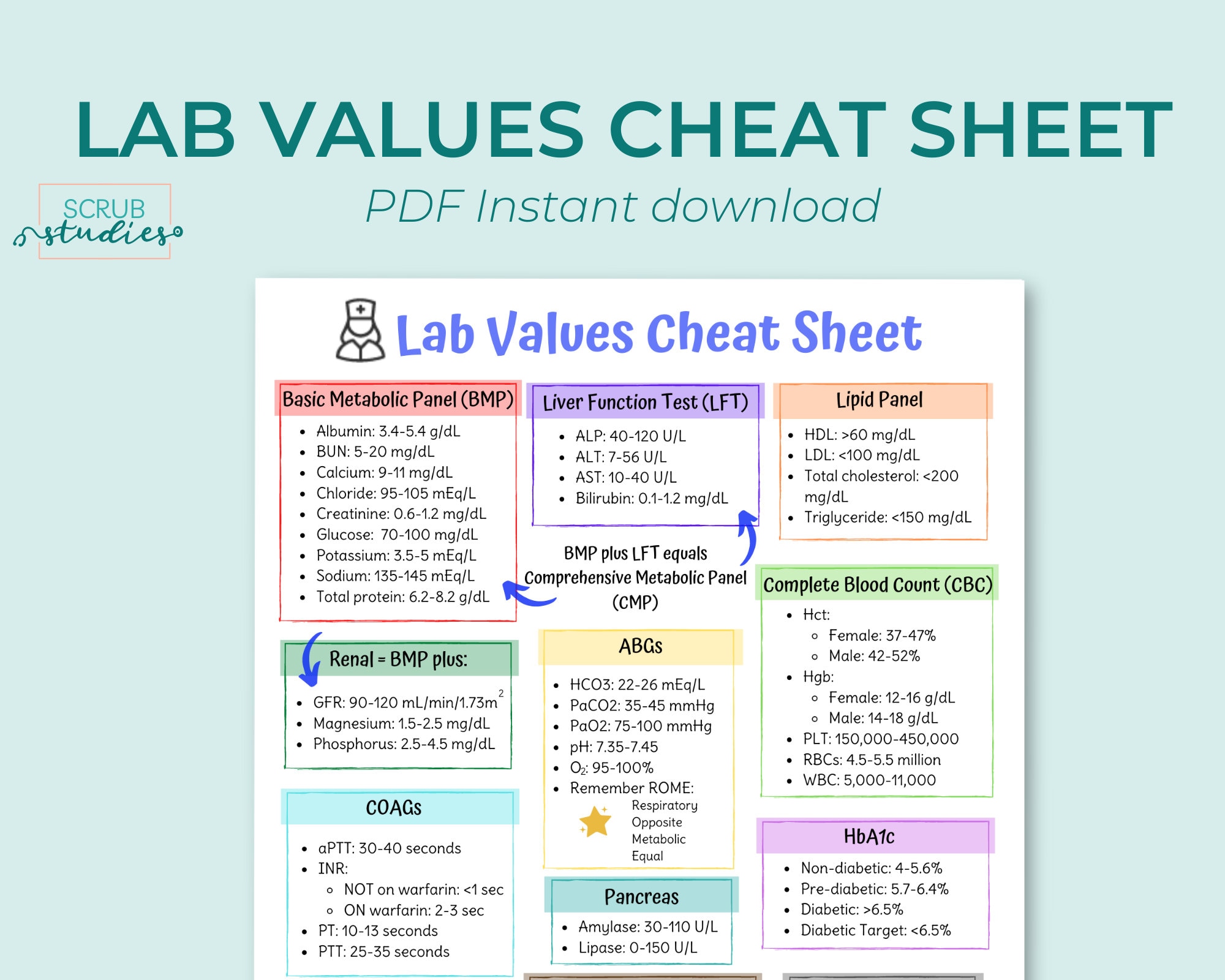
How to properly prepare for an examination?
- Do not eat for 12 hours before the test.
- Exclude physical and emotional overexertion within 30 minutes prior to the study.
- Do not smoke for 30 minutes before the test.
Study Overview
Aspartate aminotransferase (AST) is an enzyme found in all cells of the body, but primarily in the heart and liver, and to a lesser extent in the kidneys and muscles. In healthy patients, AST activity in the blood is low and the AST norm has low values. When the liver or muscles are damaged, AST is released, and the level of AST in the blood rises. In this regard, the activity of this enzyme is an indicator of liver damage. An analysis for AST is part of the so-called liver tests – studies that diagnose disorders in the liver.
The liver is a vital organ located in the upper right side of the abdomen. It is involved in many important bodily functions – helping with nutrient processing, bile production, the synthesis of many important proteins such as blood clotting factors, and breaking down potentially toxic compounds into harmless substances.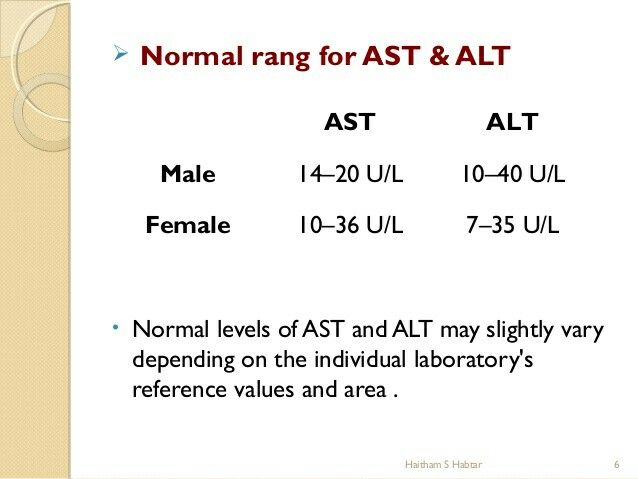
A number of diseases lead to damage to liver cells, which increases the activity of AST.
The most common test for AST is to check if the liver is damaged due to hepatitis, toxic drugs, cirrhosis. However, AST does not always reflect only liver damage; the activity of this enzyme can also increase in diseases of other organs, in particular, in myocardial infarction.
What is research used for?
- To detect liver damage. Typically, an AST test is ordered along with an alanine aminotransferase (ALT) test or as part of a general liver function test. AST and ALT are considered the two most important indicators of liver damage, although ALT is more specific than AST. In some cases, AST is directly compared with ALT and their ratio (AST/ALT) is calculated. It can be used to find out the causes of liver damage.
- Blood AST is often compared with other tests, such as alkaline phosphatase (AP), total protein, and bilirubin, to determine a specific form of liver disease.

- To monitor the effectiveness of the treatment of liver diseases.
- To monitor the health of patients taking drugs that are potentially toxic to the liver. If AST activity rises, the patient may be switched to other medications.
When is the test ordered?
- For symptoms of liver disorder:
- weakness, fatigue,
- loss of appetite,
- nausea, vomiting,
- abdominal pain and bloating,
- yellowing of the skin and whites of the eyes,
- dark urine, light stool,
- itching.
- If there are factors that increase the risk of liver disease:
- previous hepatitis or recent exposure to hepatitis infection,
- excessive alcohol consumption,
- hereditary predisposition to liver diseases,
- taking drugs that can damage the liver,
- overweight or diabetic.
- On a regular basis throughout the treatment process to determine its effectiveness.

What do the results mean?
Reference values (AST norm for men, women and children):
Age, sex | Reference values | |
0 – 1 year | ||
1 – 4 years | ||
4 – 7 years | ||
7 – 13 years old | ||
13 – 18 years old | ||
> 18 years old | men | |
women | ||
Normally, the activity of AST in the blood is low.
Excessively high AST activity (more than 10 times normal) is usually caused by viral infections. It can also increase significantly as a result of taking drugs or other substances that are toxic to the liver, as well as due to diseases that slow blood flow to the liver (ischemia).
It can also increase significantly as a result of taking drugs or other substances that are toxic to the liver, as well as due to diseases that slow blood flow to the liver (ischemia).
In chronic hepatitis, AST activity usually exceeds the norm by no more than 4 times. It fluctuates between normal and somewhat elevated, so often an analysis is prescribed to determine the degree of the disease. Diseases such as obstruction of the biliary tract, cirrhosis, and some types of liver cancer contribute to a moderate increase in AST. After a heart attack and with muscle damage, AST activity can also increase, usually much more than ALT.
In most liver diseases, ALT activity in the blood is higher than AST activity, so the AST/ALT ratio will be low. However, there are a few exceptions: alcoholic hepatitis, cirrhosis, and muscle damage.
Important notes
- During pregnancy, AST activity may decrease.
- Intramuscular injections of drugs, as well as intense physical activity, increase the activity of AST in the blood.

- In some patients, liver damage and, as a result, an increase in AST activity can be caused by taking dietary supplements. Therefore, it is necessary to inform the attending physician not only about all medications taken, but also about nutritional supplements.
Also recommended
- Alanine aminotransferase (ALT)
- Alkaline phosphatase, total
- Gamma-glutamyl transpeptidase (gamma-GT)
- Serum albumin
- Total protein in whey
Who orders the examination?
Therapist, cardiologist, hepatologist, gastroenterologist, general practitioner, surgeon, pediatrician.
Aspartate aminotransferase (AST) – get tested in St. Petersburg
Medical center at Bogatyrsky pr., 4Laboratory terminal at Aleksandrovskaya Fermy avenue, 8Laboratory terminal at Nastavnikov avenue, 36k2Laboratory terminal at ul. Budapestskaya, 6Medical center on Pulkovskoye shosse, 28A Medical center on Kondratievsky prospect, 62k3Medical center on Prosveshcheniya avenue, 14k4Medical center on Moiseenko, 5Laboratory terminal on the street.
 Oleko Dundicha, 8, room 2Laboratory terminal on the street. Pestelya, 25AMedical center on Leninsky prospect, 88Medical center on Okhtinskaya alley, 4 (Murino, Leningrad region)Laboratory terminal on the street. Turku, 5/13 St. Petersburg, Exit serviceMedical center on the street. Savushkina, 14
Oleko Dundicha, 8, room 2Laboratory terminal on the street. Pestelya, 25AMedical center on Leninsky prospect, 88Medical center on Okhtinskaya alley, 4 (Murino, Leningrad region)Laboratory terminal on the street. Turku, 5/13 St. Petersburg, Exit serviceMedical center on the street. Savushkina, 14
Price:
225 ₽
Add to cart
The price is indicated without taking into account the cost
AST in a blood test – what is it? This is an analysis for the content in the blood of one of the liver enzymes – aspartate aminotransferase.
Aspartate aminotransferase (AST) is an enzyme found mainly in the cells of the liver and heart, so if the level of AST in the blood is high, this may indicate disorders of the liver and heart, including myocardial infarction.
AST analysis is in the range of liver tests along with ALT analysis, both tests are most often taken for suspected liver disease, also taking into account the ratio of both enzymes. An increase in the level of AST in the blood test means that the patient may have heart problems.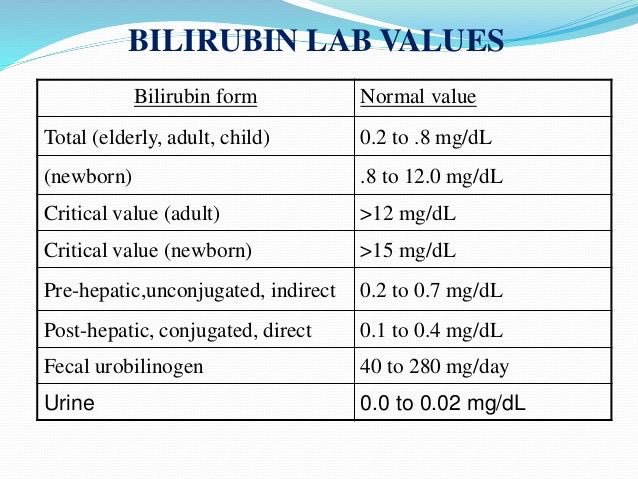 If ALT is higher, then, first of all, it is necessary to examine the liver.
If ALT is higher, then, first of all, it is necessary to examine the liver.
Method of determination
AST indicators are determined by the UV kinetic method.
Test material
Examine the serum of venous or capillary blood.
Deadline
AST blood test can be obtained in 1 day.
Indications
An AST analysis is indicated for patient complaints of abdominal pain, flatulence, nausea and vomiting, appetite disorders, itching and yellowing of the skin and whites of the eyes, weakness and fatigue. Dark urine at the same time as stool lightening are also alarming symptoms for the appointment of an analysis.
AST is also checked in people at risk: those who have had hepatitis or who have been in contact with an infected person, who suffer from chronic hepatitis, who abuse alcohol, drugs, and who take nephrotoxic drugs and dietary supplements.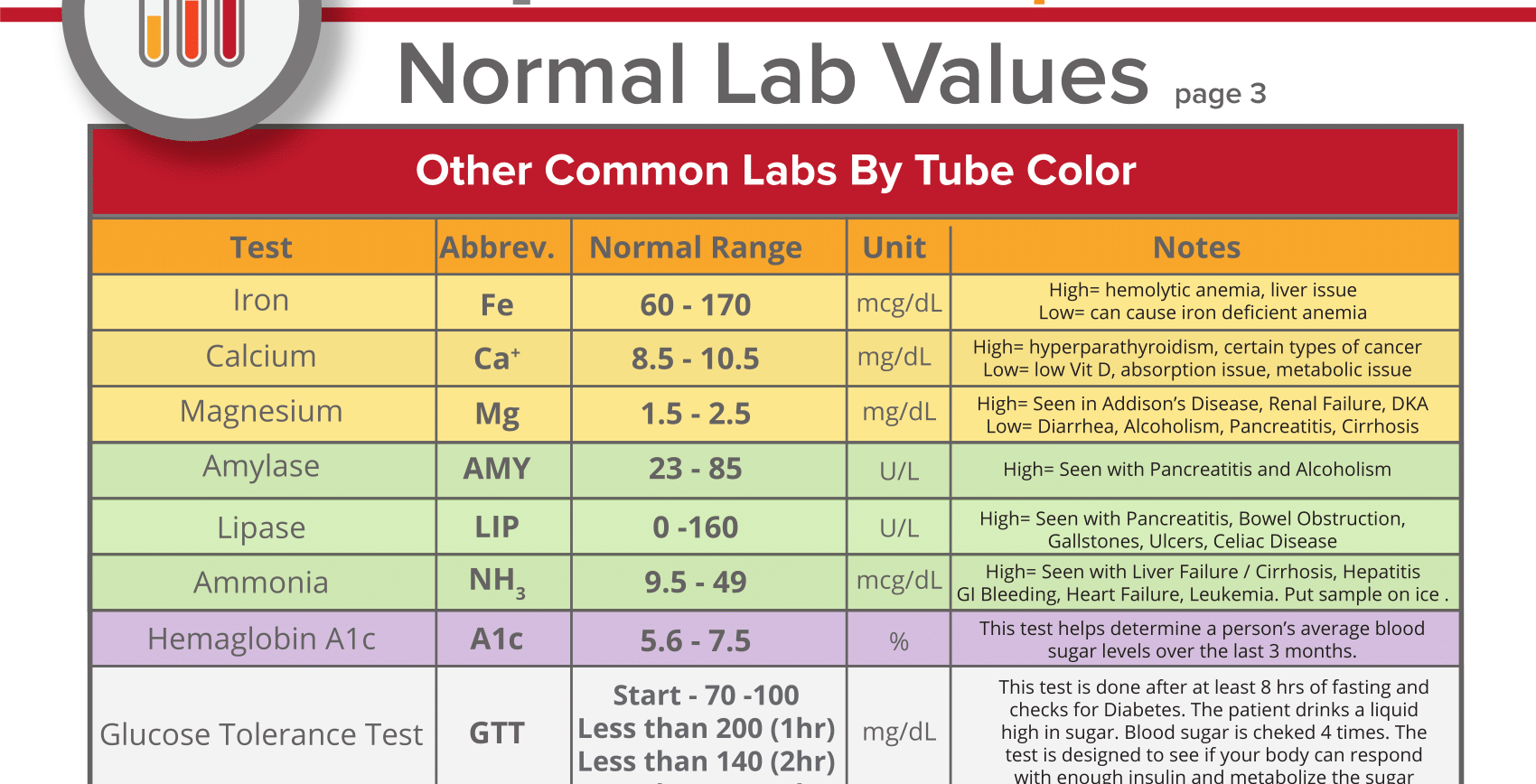 It is also advisable to periodically check AST in people who are overweight, have diabetes, and have a genetic predisposition to liver disease.
It is also advisable to periodically check AST in people who are overweight, have diabetes, and have a genetic predisposition to liver disease.
Regular checking of AST levels allows assessing the state of the liver in dynamics and the effectiveness of the treatment.
Preparation for analysis
An analysis for liver enzymes is usually taken in the morning, since 12 hours of abstinence from food is necessary. You can drink water. On the eve of the day of the study, it is necessary to exclude stress, both mental and physical, and also to abandon alcohol and energy drinks. Do not smoke one hour before blood sampling.
Synonyms: AST, Aspartate transaminase, AST/AST, Aspartate aminotransferase
Equipment: OLYMPUS AU/5800/680/480/-Beckman Coulter
Norms of AST in the blood depend on gender and age:
| adults, gender | Values (U/l) |
|---|---|
| Men | <40 |
| Women | <32 |
In children, the normative indicator varies depending on age:
| Children, age | Values (U/l) |
|---|---|
| Up to a year | <58 |
| Up to 4 years | <59 |
| Up to 7 years | <48 |
| Up to 13 years old | <44 |
| Under 18 | <39 |
If AST in the biochemical blood test is very high – more than 10 times or more than the norm – it is typical for viral infections. In patients with chronic hepatitis, AST is increased by 2-4 times, no more. Biliary obstruction, cirrhosis, and some types of liver tumors moderately increase AST.
In patients with chronic hepatitis, AST is increased by 2-4 times, no more. Biliary obstruction, cirrhosis, and some types of liver tumors moderately increase AST.
* For current information, please contact the contact center at tel. 8 (812) 600-42-00
It is recommended to donate blood on an empty stomach (at least 6-8 hours of fasting). Drinking – water, as usual. On the eve of the study, exclude: food, physical and emotional overload, alcohol and energy drinks. Stop smoking 1 hour before the study.
Similar tests
Gastropanel (without stimulation): pepsinogen I, pepsinogen II, gastrin-17, antibodies (Ig G) to Helicobacter pylori
up to 7 days
from 4,695 ₽
902 52 Add to cart
Pancreatic amylase
1 day
from 230 ₽
Add to cart
Cholinesterase
up to 10 days
from 180 ₽
Add to cart
Pepsinogen I
1-2 days
from 1 435 ₽
Add to cart
Pepsinogen II
1-2 days
from 1 435 ₽
Add to cart
Gastropanel (with stimulation): pepsinogen I, pepsinogen II, gastr in-17, antibodies (Ig G) to Helicobacter pylori
up to 7 days
from 6 205 ₽
Add to cart
Gamma-glutamyltransferase (GGT)
1 day Add to cart
Creatine kinase-MB (KK-MB)
1- 2 days
from 270 ₽
Add to cart
Creatine kinase
new portion)
1 day
from 150 ₽
Add to cart
Lactate dehydrogenase (LDH)
1 day
from 140 ₽
Add to cart
Alanine aminotransferase (ALT)
1 day
from 120 ₽
Add to cart
Aspartate aminotransferase (AST)
1 day
from 120 ₽
Add to cart
Amylase
1 day
from 1 80 ₽
Add to cart
Lipase
1 day
from 260 ₽
Add to cart
Liver test (ALT, AST, total bilirubin, GGT)
1 day
from 300 ₽
Add to cart 9000 3
Analysis available at these centers:
Medical center on Bogatyrsky pr. , 4
, 4
Medical center on the street. Moiseenko, 5
Medical center on Prosveshcheniya avenue, 14k4
Medical center on the street. Savushkina, 14
Laboratory terminal on the street. Turku, 5/13
Medical center on Okhtinskaya alley, 4 (Murino, Leningrad region)
Laboratory terminal on the street. Pestelya, 25A
Pestelya, 25A
Laboratory terminal on the street. Oleko Dundicha, 8, building 2
Laboratory terminal on the street. Budapestskaya, 6
Medical center at Pulkovskoe shosse, 28A
Laboratory terminal at Nastavnikov Ave., 36k2
Laboratory terminal at Aleksandrovskaya Ferma avenue, 8
Medical center on Leninsky pr. , 88
, 88
Medical center on Kondratievsky prospect, 62k3
ORTOKROSS clinic on the 5th line of V. O., 8A (official partner)
Laboratory terminal at Kronverksky pr., 31 (official partner)
Clinic “PulkovoStom” on Pulkovskoye shosse, 26, building 6. (official partner)
Laboratory terminal on the street.

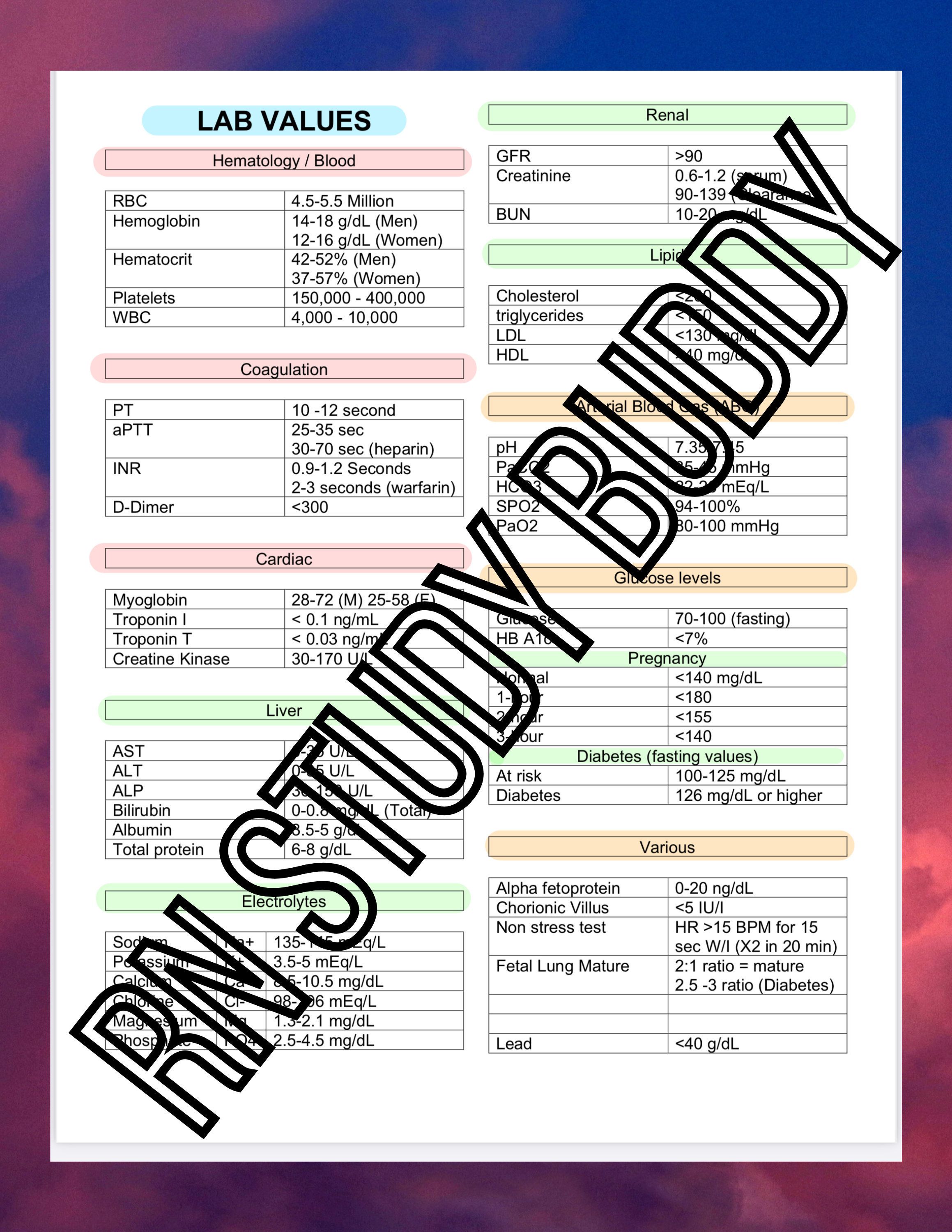 org/for-patients/about-the-liver/diagnosing-liver-disease/
org/for-patients/about-the-liver/diagnosing-liver-disease/ urmc.rochester.edu/encyclopedia/content.aspx?contenttypeid=167&contentid=aspartate_transaminase
urmc.rochester.edu/encyclopedia/content.aspx?contenttypeid=167&contentid=aspartate_transaminase